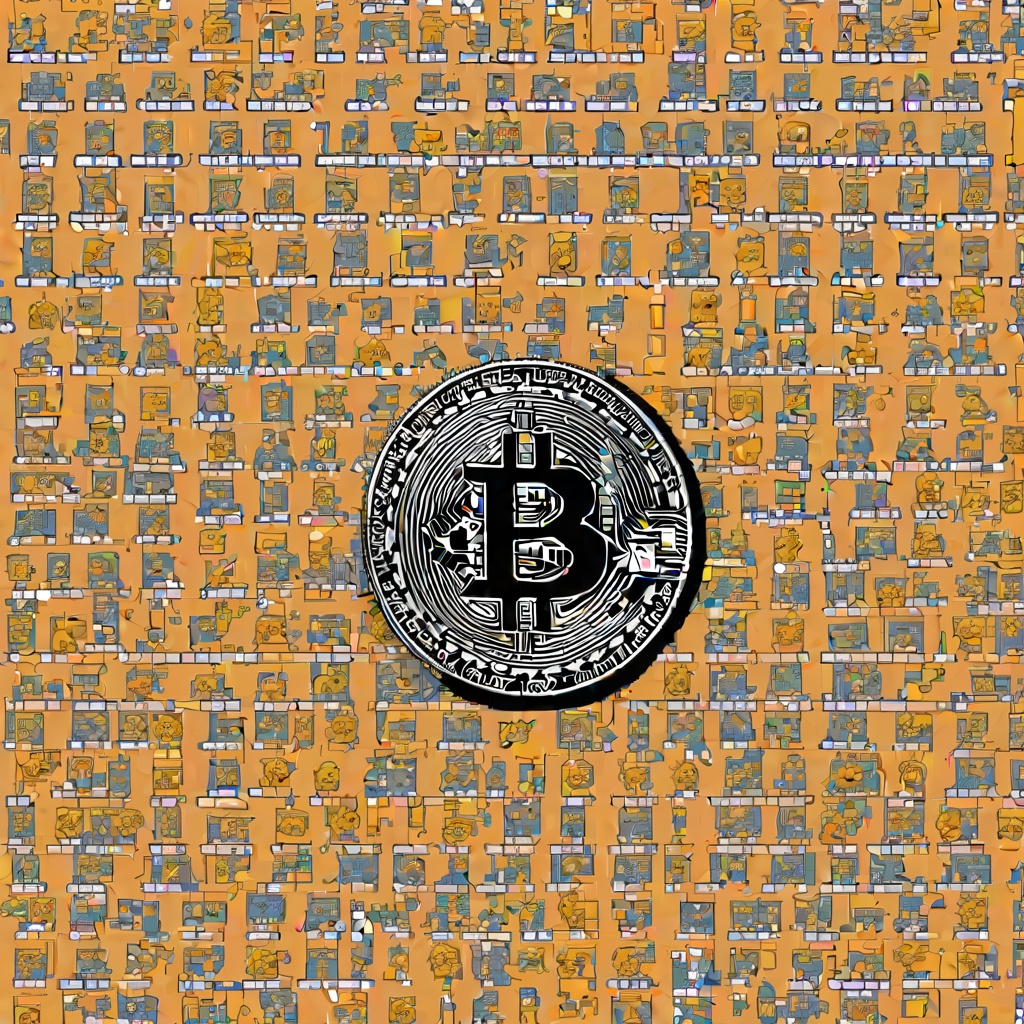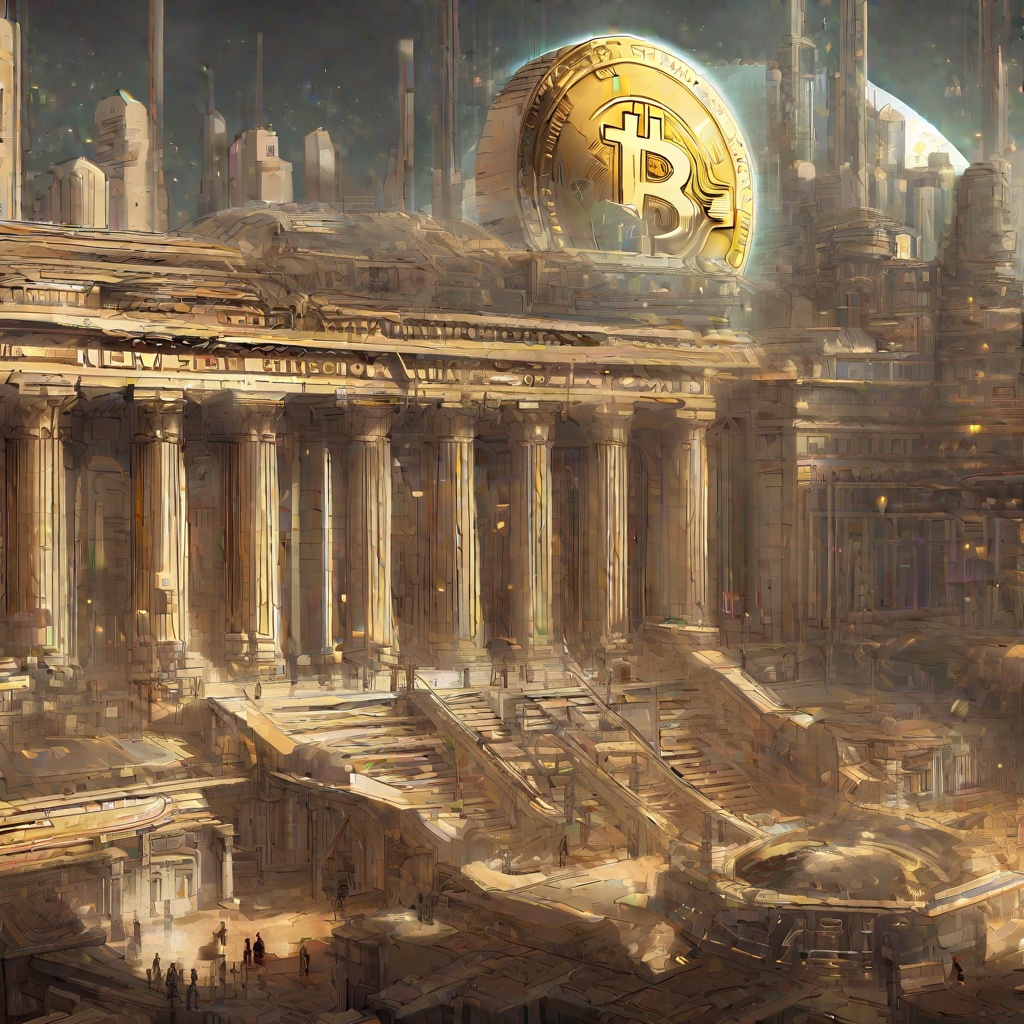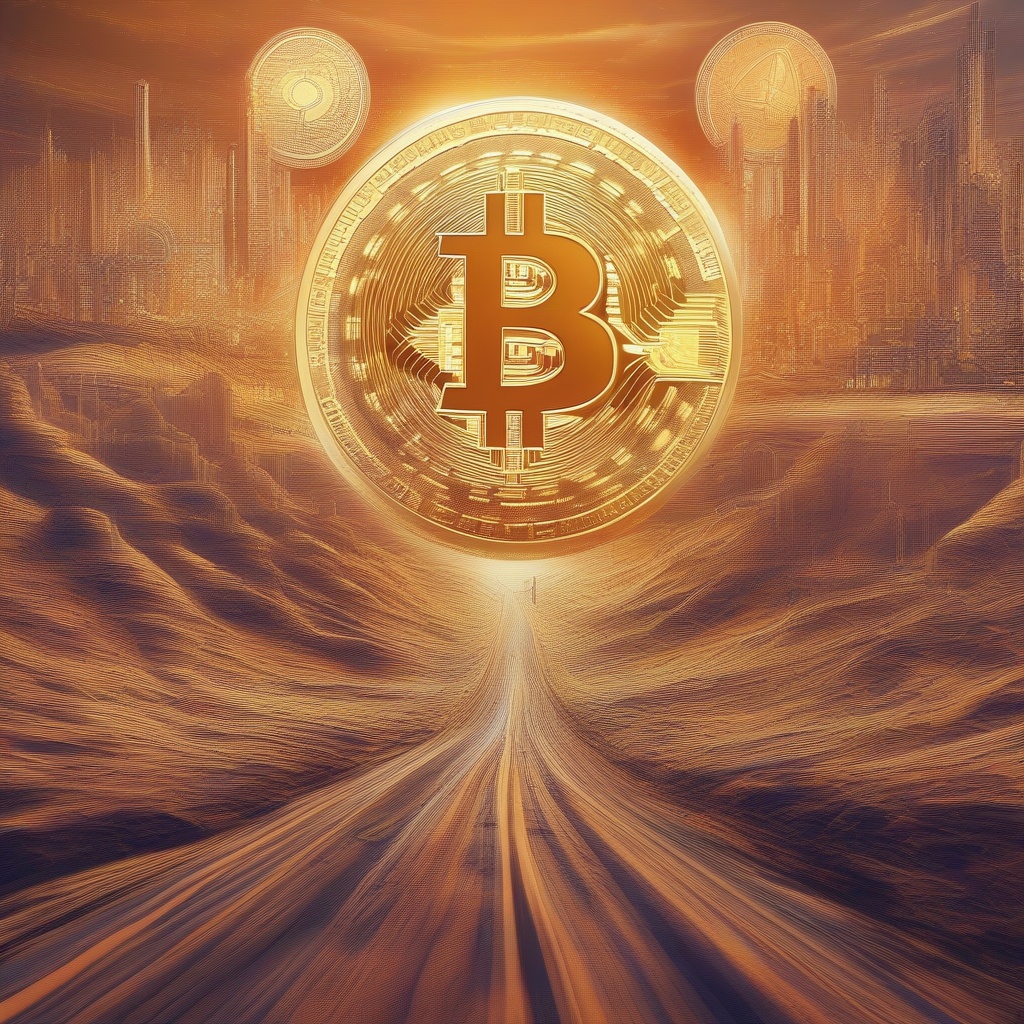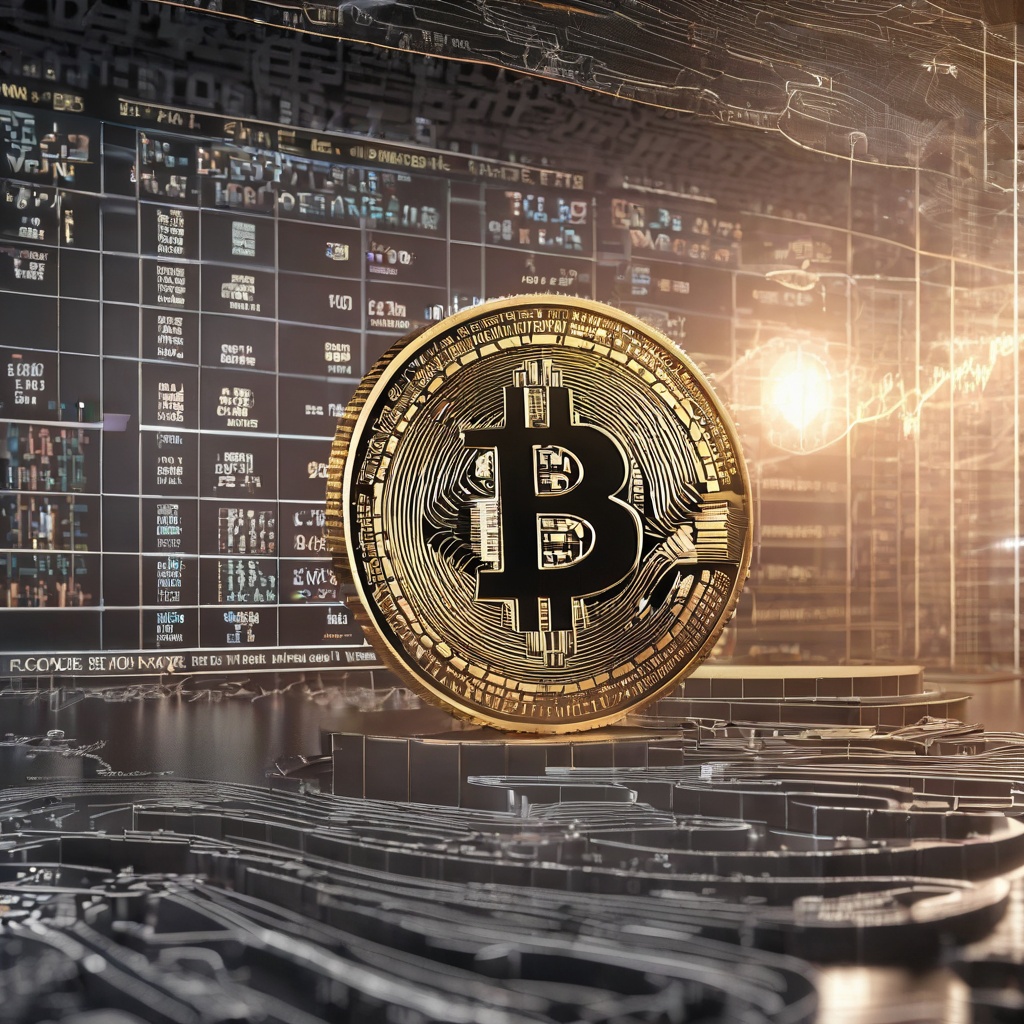How does Visa card tokenization work?
Visa card tokenization is a process where the 16-digit card number is replaced with a unique identifier, called a token. This token is used for transaction settlement, enhancing security and reducing fraud. It allows for seamless payment experiences, improves payment success rates, and enables merchants to offer more innovative services.

What problems does tokenization solve?
Tokenization helps solve problems related to data security and privacy. By replacing sensitive information with unique tokens, it ensures that original data remains protected and reduces the risks of data breaches and misuse.

How will tokenization work?
So, let me ask you this: How exactly does tokenization work within the realm of cryptocurrency and finance? I understand it's a process of converting assets into digital tokens, but could you elaborate on the specific steps and mechanisms involved? Are there any particular advantages or challenges associated with tokenization that investors and businesses should be aware of? Additionally, what kind of assets can be tokenized, and how does this process differ from other forms of digital representation?

What are the common issues with tokenization?
Can you elaborate on the typical challenges associated with the process of tokenization? Are there any specific concerns that investors and businesses often face when embarking on tokenization projects? How do these issues impact the overall adoption and success of tokenization as a means of asset representation and exchange in the financial industry?

What data should be tokenized?
When it comes to tokenizing data, one might ask, "What exactly should be tokenized?" The answer to this question is not a one-size-fits-all solution, as it largely depends on the specific use case and the goals of the tokenization process. One potential area of focus could be sensitive or confidential information, such as personal identifiers, financial records, or intellectual property. Tokenizing this type of data can help protect it from unauthorized access or misuse, while still allowing for its use and exchange in a secure and controlled manner. Another area to consider is digital assets, such as cryptocurrencies or non-fungible tokens (NFTs). Tokenizing these assets can facilitate their ownership, transfer, and trading, while also providing a level of transparency and accountability. However, it's important to note that tokenizing data also comes with its own set of challenges and risks, such as the potential for theft or manipulation of the tokens themselves. Therefore, it's crucial to carefully consider the benefits and drawbacks of tokenization before proceeding with any specific implementation. So, to summarize, the question of "What data should be tokenized?" is not a simple one, and requires a nuanced and thoughtful approach that takes into account the specific use case, goals, and risks involved.

